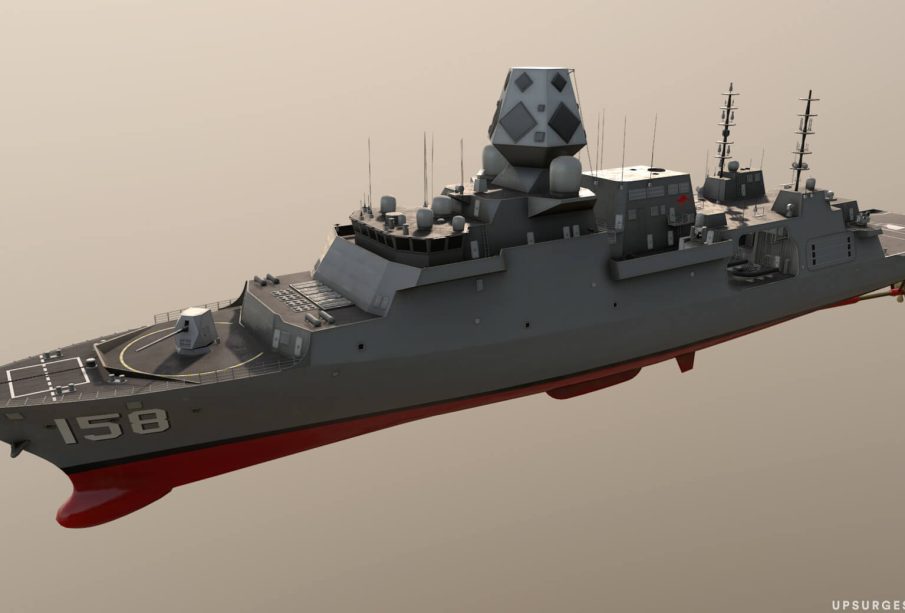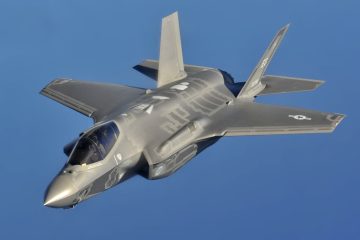Understanding the Type 26 Frigate: Advancements in Naval Warfare

Introduction
The Type 26 frigate, also known as the City-class, is at the forefront of the Royal Navy’s modernisation efforts, bringing advanced capabilities to maritime defence operations. As global security challenges evolve, it is paramount for navies worldwide to upgrade their fleets. The Type 26 frigate addresses these needs with its sophisticated technology, versatility, and adaptability in various roles, solidifying the UK’s presence in international waters.
Development and Features
The Type 26 project was conceived to replace the ageing Type 23 frigates, beginning with its design phase in 2009. With an estimated budget of £8 billion for a total of eight vessels, the Type 26 platform is engineered for anti-submarine warfare (ASW), providing unparalleled protection against underwater threats. Key features of the frigate include a state-of-the-art mission bay, capable of accommodating a range of drones, boats, and other naval assets, and a flexible combat system that can be adapted for different mission profiles.
Recent Developments
In recent months, the first Type 26 frigate, HMS Glasgow, has successfully undergone sea trials, showcasing its capabilities in real-world scenarios. As of October 2023, HMS Glasgow is expected to be commissioned by the end of the year, marking a significant step in the Royal Navy’s efforts to enhance its operational strength. The delivery of the remaining vessels is scheduled for completion by the mid-2030s, paving the way for a new era in British naval power.
Significance for the Royal Navy
The introduction of the Type 26 frigate is not only vital for maintaining the Royal Navy’s operational edge but also for reinforcing the UK’s status as a leading maritime power. With its advanced capabilities, the frigate will be instrumental in supporting international coalition operations, disaster relief missions, and counter-piracy initiatives. Furthermore, its design incorporates modular technology, ensuring the ships remain relevant and technologically advanced over their lifespan.
Conclusion
The Type 26 frigate stands as a testament to the Royal Navy’s commitment to cutting-edge naval warfare and the need for continuous evolution in the face of modern-day threats. As these vessels enter service, they will play a crucial role in shaping the future of naval operations, ensuring that the United Kingdom can effectively respond to the dynamic challenges of the global maritime environment.









